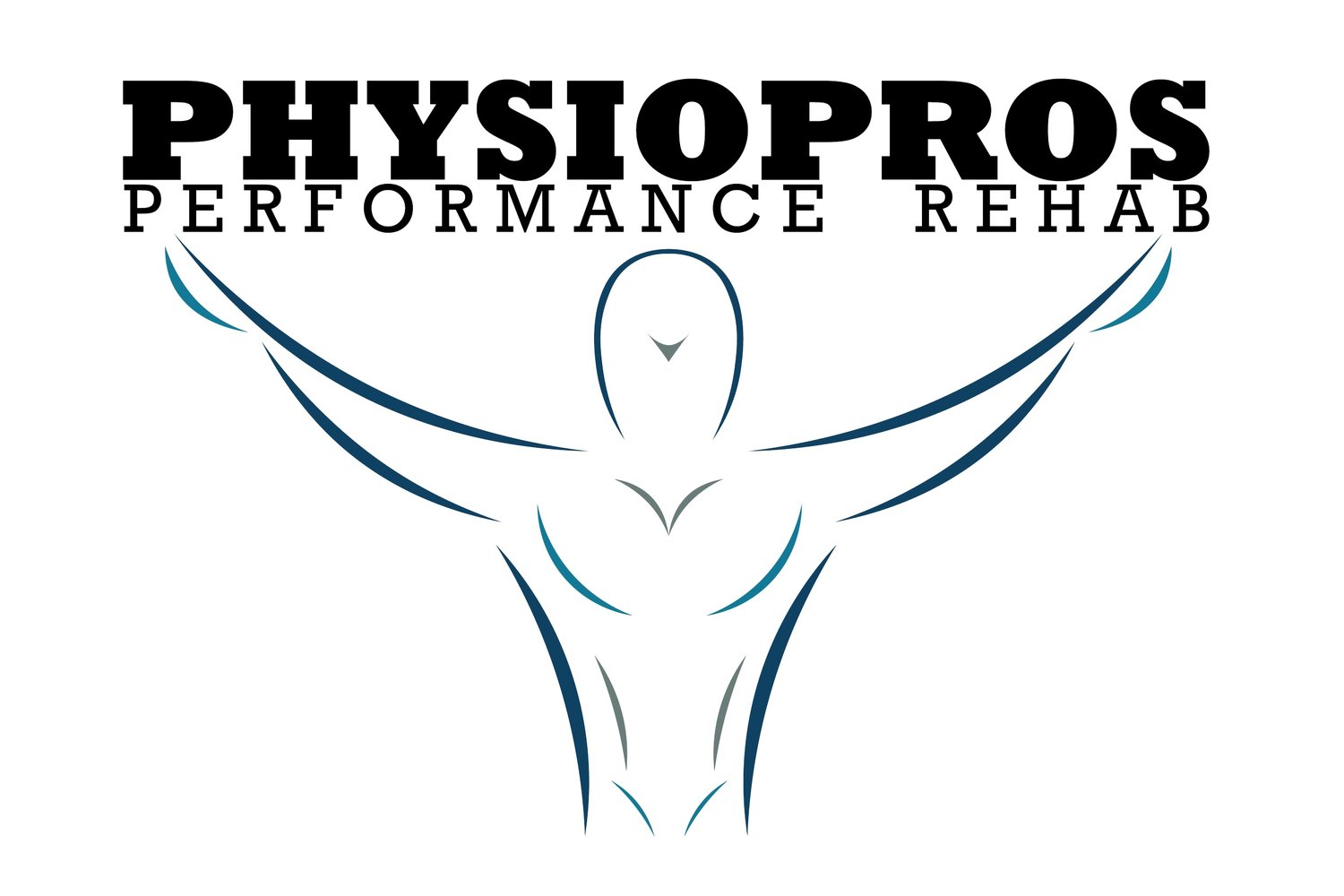Joint Mobilization
What is Joint Mobilization?
How Does It Work?
Joint mobilization uses gentle, graded stretches to mechanically loosen tight joint capsules and ligaments, breaking up adhesions and promoting even synovial fluid distribution to improve range of motion. At the same time, these movements activate joint mechanoreceptors that “close the gate” on pain signals, providing immediate and lasting pain relief.
↓
Key Benefits
Increased Range of Motion
Gradual stretching of the joint capsule and surrounding tissues helps restore end-range mobility.Pain Reduction
Activation of joint mechanoreceptors inhibits pain signals (the “gate-control” effect), providing both immediate and lasting relief.Improved Joint Nutrition
Oscillatory movements promote even distribution of synovial fluid, which nourishes cartilage and maintains joint health.Decreased Stiffness
Breaking up adhesions and elongating tight collagen fibers reduces stiffness and makes daily movements smoother.Enhanced Proprioception and Function
Gentle mobilization refines joint position sense and coordination, translating to better balance and functional performance.
FAQs
Q: What conditions can it treat?
A: Joint mobilization is used for pain and stiffness in the spine and peripheral joints—common examples include frozen shoulder, osteoarthritis of the knee or hip, cervical and lumbar spine stiffness, and post-operative joint restrictions.
Q: Is it painful?
A: When properly graded, mobilizations should feel like a gentle or mild stretch.
Q: How many sessions of therapy do I need to see results?
A: Many patients notice immediate improvement in pain or mobility after just one session. However, enduring gains usually require 4–8 sessions over 2–4 weeks, depending on the severity and chronicity of the condition.
Q: How is mobilization different from manipulation?
A: Mobilization uses slow, graded oscillations or sustained stretches (Grades I–IV). Manipulation (Grade V) is a quick, high-velocity thrust past the joint’s end range. Mobilization is generally gentler and lower risk.
In summary, joint mobilization is a gentle, evidence-based manual therapy that combines mechanical stretching and neurophysiological modulation to safely restore mobility and reduce pain. When performed by trained professionals such as the ones at Physiopros Performance Rehab and tailored to each patient’s needs, it can accelerate recovery, enhance function, and improve overall joint health. Whether used alone or alongside exercise and other interventions, joint mobilization remains a cornerstone of conservative care for musculoskeletal conditions.


